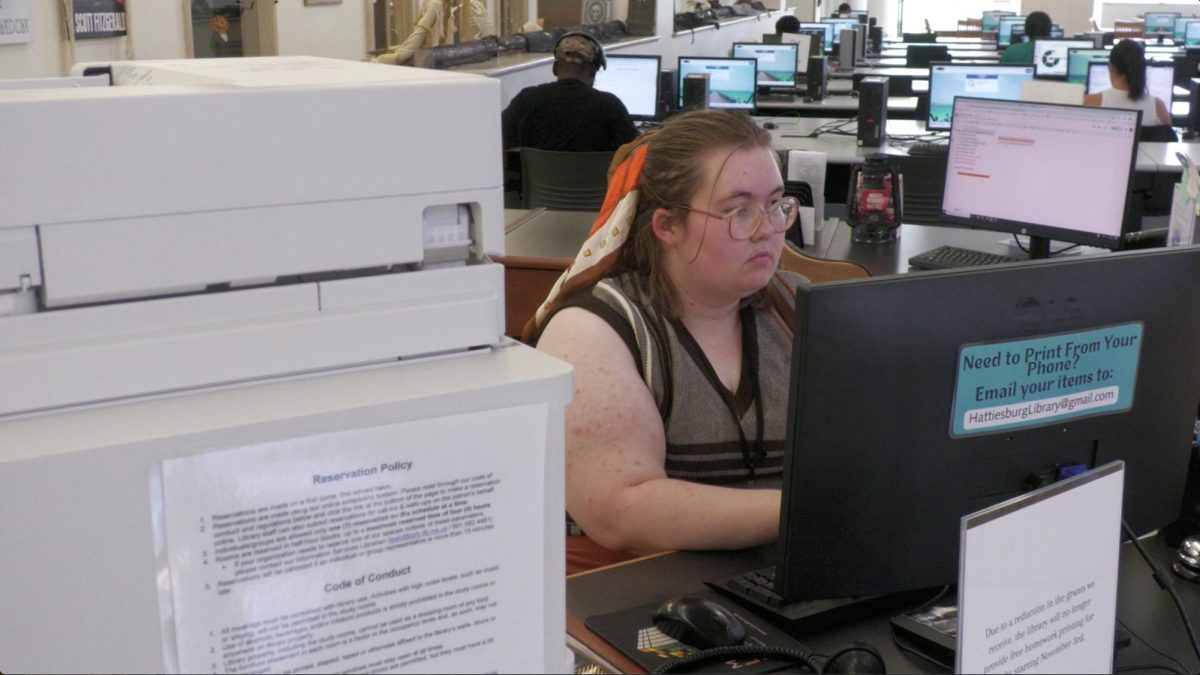In the Declaration of Independence, the forefathers of America embraced the truth that “all men are created equal.” However, they conveniently left out if women were entitled to these self-evident truths, a hypocrisy whispered even today as women struggle against inherent sexism in today’s modern workforce.
According to Census Bureau figures, despite women comprising 47 percent of the working population of the United States, the median income of a female working full-time will be 23 percent less than her male counterpart.
According to the National Women’s Law Center, while some states have pushed for pay equality, the State of Mississippi remains in the lower tier, with women making from 70 to 77 cents to the male worker’s dollar.
While some may argue that women tend to work in lower tier, lower paying jobs, these assumptions hold little water. According to the the Journal of Organizational Behavior, even while working in traditionally female-dominated careers such as education, nursing or human resources, men still manage to earn more money and rise faster through the ranks than their female counterparts.
Victoria Sappington, a senior education major, explained her idea that men are paid more in the education fields because of their rarity, specifically in primary and secondary education.
“If there’s a male who wants to be teacher, schools and districts are willing to pay them more because it makes their school look more well rounded,” she said. “They’re like unicorns.”
In higher education, the discrimination does not end. According to the U.S. Bureau of Labor Statistics and Council for Graduate Schools, while the majority of people graduating with doctorates are women, only 28 percent of tenured professors are female. This small percentage of female professors make on average over $280 less per week than male faculty.
Kate Green, a professor of political science, brought the issue home and explained that even on a progressive campus like Southern Miss, women still make less.
“In the business school, they make the most money, yet have the least women,” she said. “Then, when you look at the colleges that are dominated by women such as the College of Health, their average salaries were much lower.”
She explained that even in female-dominated colleges, male-dominated departments within those colleges made a much higher average salary than departments that were majority female, giving the example of the School of Human Performance.
“That’s even within a department,” she said.
Another issue women face is the lack of females in Science, Technology, Engineering and Math (STEM) career fields.
According to the Department of Commerce, women make up a mere 24 percent of the STEM workforce. Also, engineers are the second-largest STEM occupational group, but only 1 in 7 engineers is female.
There are several explanations as to the lack of females in STEM careers, including but not limited to hierarchical segregation, biological gender differences or lack of female interest in the sciences.
However, Harvard University professor Margaret Rossiter explains that women may naturally experience “territorial segregation,” in which women wander to careers with more women due to a lack of support in STEM fields where they are outnumbered by men.
This creates a lack of positive role models in the industries for girls to look up to and emulate. Jocelyn Goldfein, director of engineering at Facebook, said in a recent interview that the process was a vicious cycle.
“The reason there aren’t more women computer scientists is because there aren’t more women computer scientists,” she said to Associated Press.
These numbers may be discouraging, but it is important to remember that things will change if people push forward and enlighten the new generation.
Green said the best way to help end sexism in the workplace is to raise and educate the children of society. “If we can fix education, we can fix the problem,” she said.
“Change is up to (all of us). Change yourself, (and you can) change the world.”




























